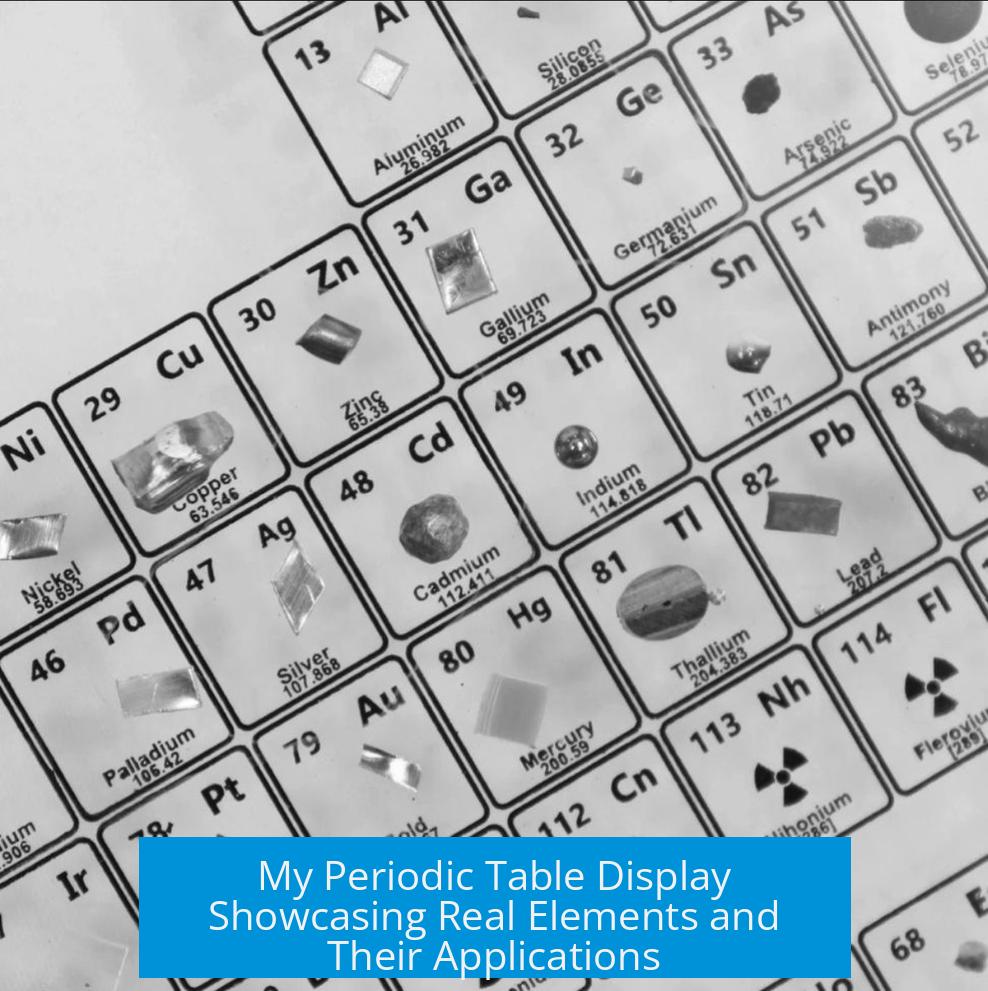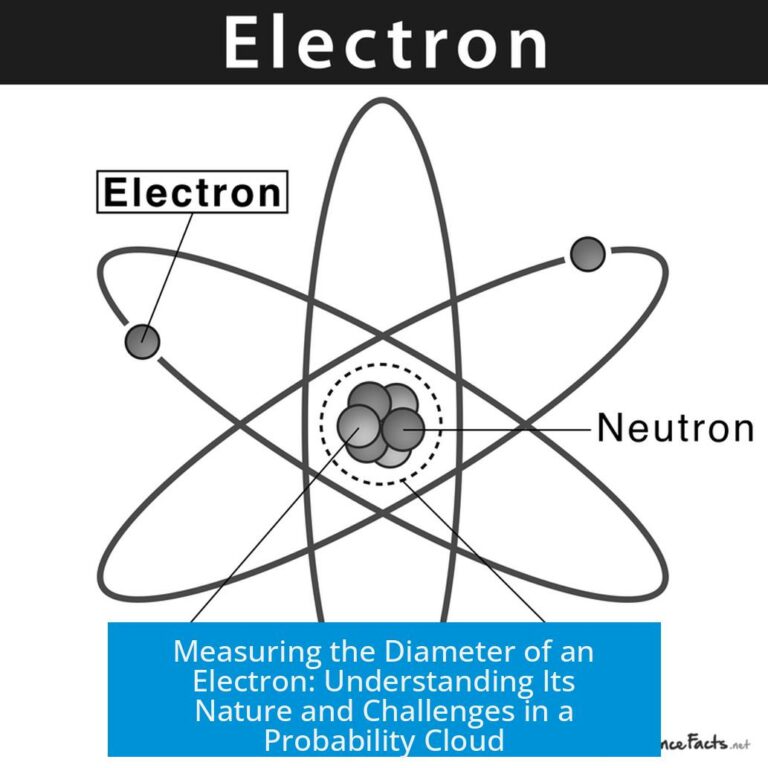Comprehensive Periodic Table Display Featuring Almost All Real Elements
The periodic table display with (almost) all the real elements incorporated presents a remarkable feat of chemical collection and exhibition. This project showcases physical samples of nearly every element, many rare and radioactive, combined with examples of their practical uses. The display offers a vivid representation of elemental diversity and chemistry at a glance.
Overview of the Display
This distinctive periodic table consists of individual compartments, each containing real samples of elements arranged by their atomic numbers. It highlights elements including common metals, nonmetals, and rare, radioactive substances such as uranium, plutonium, and radium. The inclusion of these heavier, less stable elements underlines the ambition and thoroughness of the collection.
The creator plans to launch a detailed website—tablaperiodica.mx—aimed at further exploring the elements’ properties and uses. This platform will serve as an educational hub, acquainting visitors with real-world applications of each element.
Construction and Design Features
The display integrates customizable LED lighting to color-code element categories such as alkali metals, transition metals, lanthanides, actinides, and noble gases. This visual cue enhances clarity and educational value. Viewers often compare the vibrant lighting to RGB keyboards, adding a modern aesthetic appeal.
Physically, the structure balances durability and accessibility. Each element’s container ensures safety, especially for radioactive samples, while allowing visibility for detailed examination. Despite challenges like maintaining structural integrity with numerous small compartments, the build quality supports long-term display.
Inclusion of Rare and Radioactive Elements
Obtaining rare elements like francium, plutonium, or uranium presents significant challenges due to their scarcity and regulations governing radioactive materials. The display reportedly contains samples of these elements, albeit often in extremely small amounts or in stabilized forms. This raises questions about sourcing and safety precautions.
- Francium is highly unstable with a half-life of about 22 minutes, making its physical sample nearly impossible to maintain naturally.
- Uranium and plutonium, while present in some nuclear materials, require strict governmental licenses for possession.
- Radium, with historical use in luminous paints, remains hazardous but is more accessible as a sample when properly sealed.
Users express curiosity about any potential radioactivity in the display and whether synthetic or naturally sourced samples were used. The collection likely follows legal and safety guidelines, with samples demonstrating element presence without posing risks.
Public Reception and Feedback
The scientific and educational community responds enthusiastically to the display. Acclaim includes phrases like “unbelievably awesome,” “the most detailed periodic collection I’ve ever seen,” and “seriously awesome,” reflecting appreciation for both the concept and execution.
Viewers remark on the display’s ability to transform abstract chemistry into tangible forms. Color coding and physical samples enhance engagement, making it useful for students, educators, and enthusiasts alike. Many express eagerness to explore the display in person or through the upcoming website.
Cost and Material Considerations
Building a periodic table with nearly all elements involves considerable investment. Materials range from common metals and minerals to highly regulated radioactive isotopes. Questions persist about total costs, with estimates suggesting significant expenditure on sourcing, containment, and display technologies.
The creator’s approach likely balances authenticity with budget constraints, sometimes substituting synthetic or alloyed versions of elements that are otherwise unavailable or too hazardous to include directly. Such pragmatism ensures a visually accurate yet safe and affordable display.
Comparison to Similar Projects
This display draws comparisons to Theodore Gray’s well-known periodic table puzzle, which assembles element samples in a hands-on educational format. However, this new project advances by incorporating a broader range of elements and integrating interactive lighting for categorization.
The ongoing development of tablaperiodica.mx promises enhanced digital features, educational content, and community engagement, extending the physical display’s reach into the online domain.
Future Prospects: The Website and Educational Outreach
Upon completion, the website will present detailed descriptions of each element, its atomic properties, and practical applications. Users can expect interactive tools and multimedia content aiding chemistry education at various levels.
This resource aims to connect physical samples with theoretical knowledge, supporting students, educators, and science enthusiasts. The site will also provide updates on the display, maintenance, and expansions.
Key Takeaways
- The periodic table display includes almost all real elements with physical samples and usage examples.
- Incorporates rare and radioactive elements like uranium and plutonium in safe, regulated forms.
- Features LED lighting for element classification, enhancing educational clarity and visual appeal.
- Constructed with durability and accessibility in mind, supporting detailed exploration.
- Anticipates a comprehensive website (tablaperiodica.mx) presenting element data and interactive learning tools.
- Cost and sourcing challenges remain, addressed through careful material selection and safety protocols.
- Receives high praise from scientific and educational communities for its innovation and detailed execution.
What rare or radioactive elements are included in the periodic table display?
The display includes rare elements like uranium, plutonium, and radium. Some elements are real samples, while others may be represented synthetically or symbolically. Francium is typically too unstable to include as a sample.
How did you obtain such rare elements like uranium and plutonium?
Obtaining these elements involves strict regulations. Some samples come from legitimate scientific sources or repurposed materials. The display combines real samples where possible with safe synthetic replicas.
Are the LED lights on the display customizable?
Yes, the LED lights are designed to be customizable. Each section is colored based on the element type, adding visual clarity and improving the overall look of the table.
What was the total cost to build this periodic table display?
The cost varies depending on the rarity of elements and materials used. Gathering rare samples and custom lighting components contributed significantly to the total expense.
When will the website tablaperiodica.mx be available?
The website is under development and will launch soon. It will provide detailed information about the display, including examples of element uses and project insights.





Leave a Comment